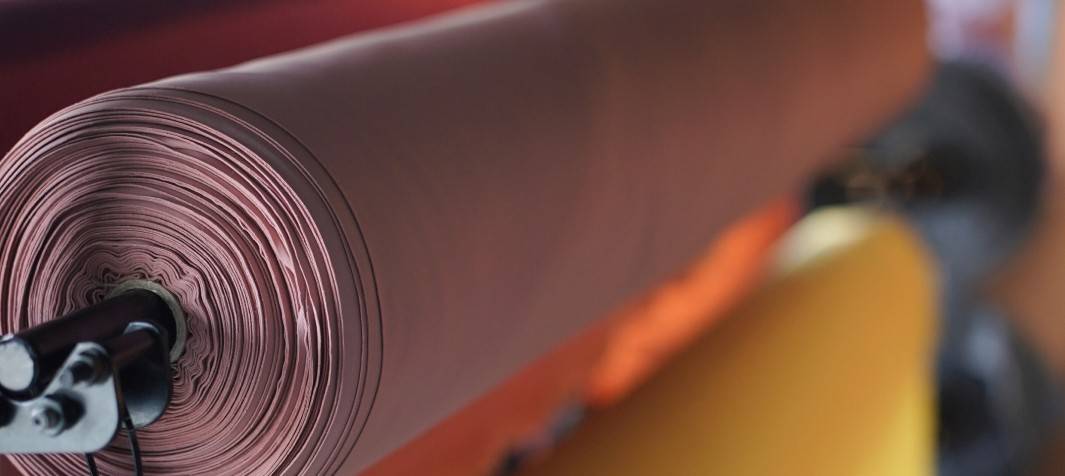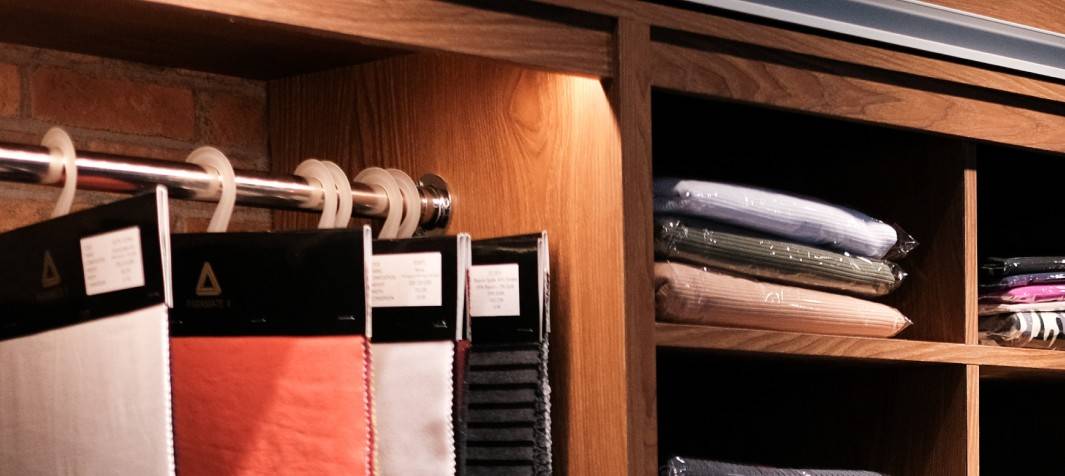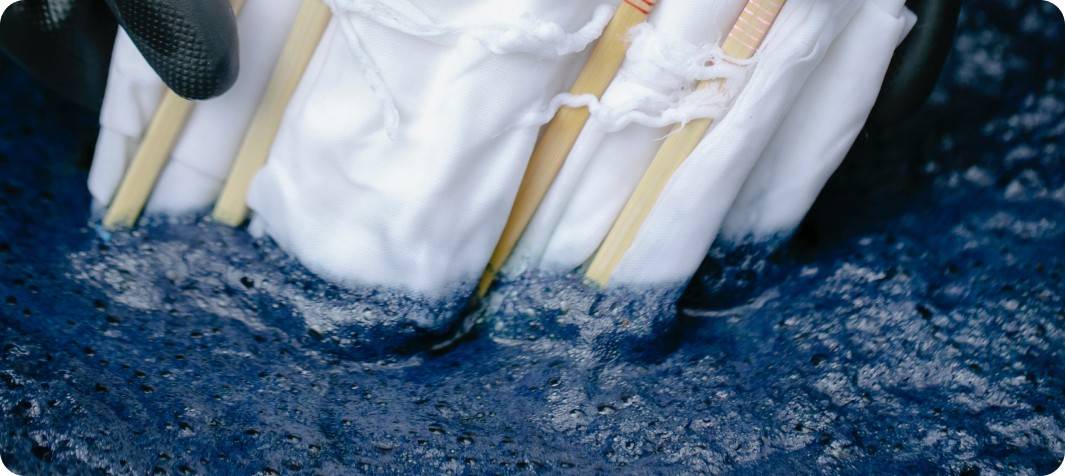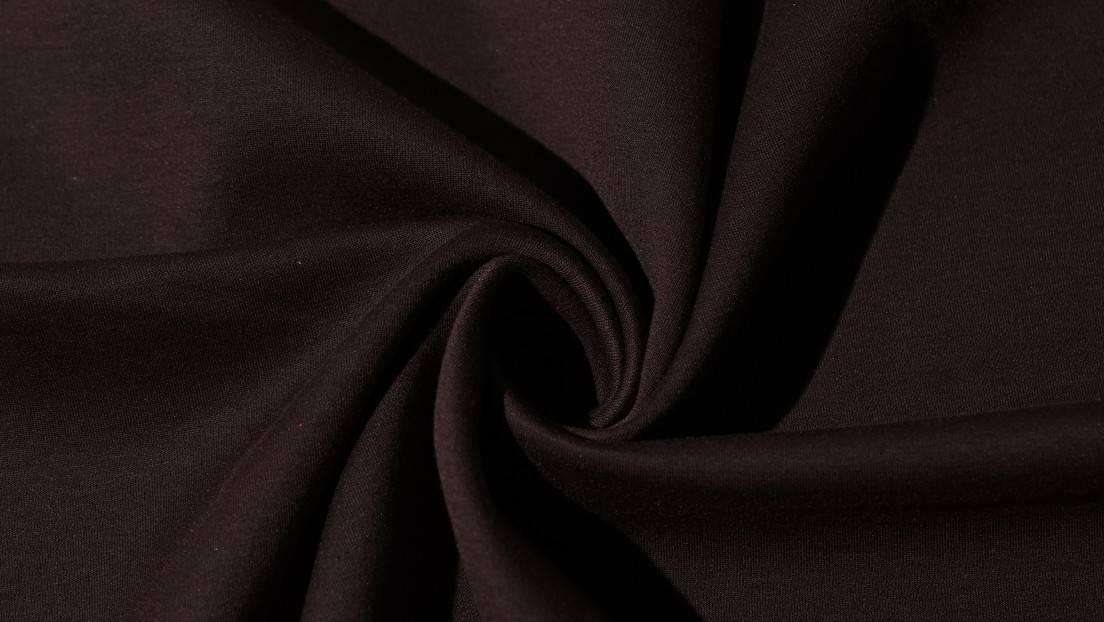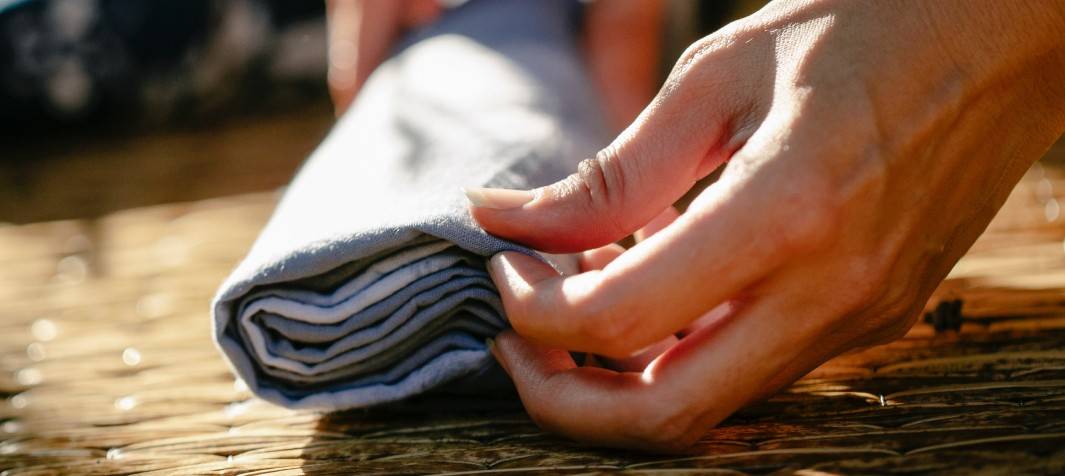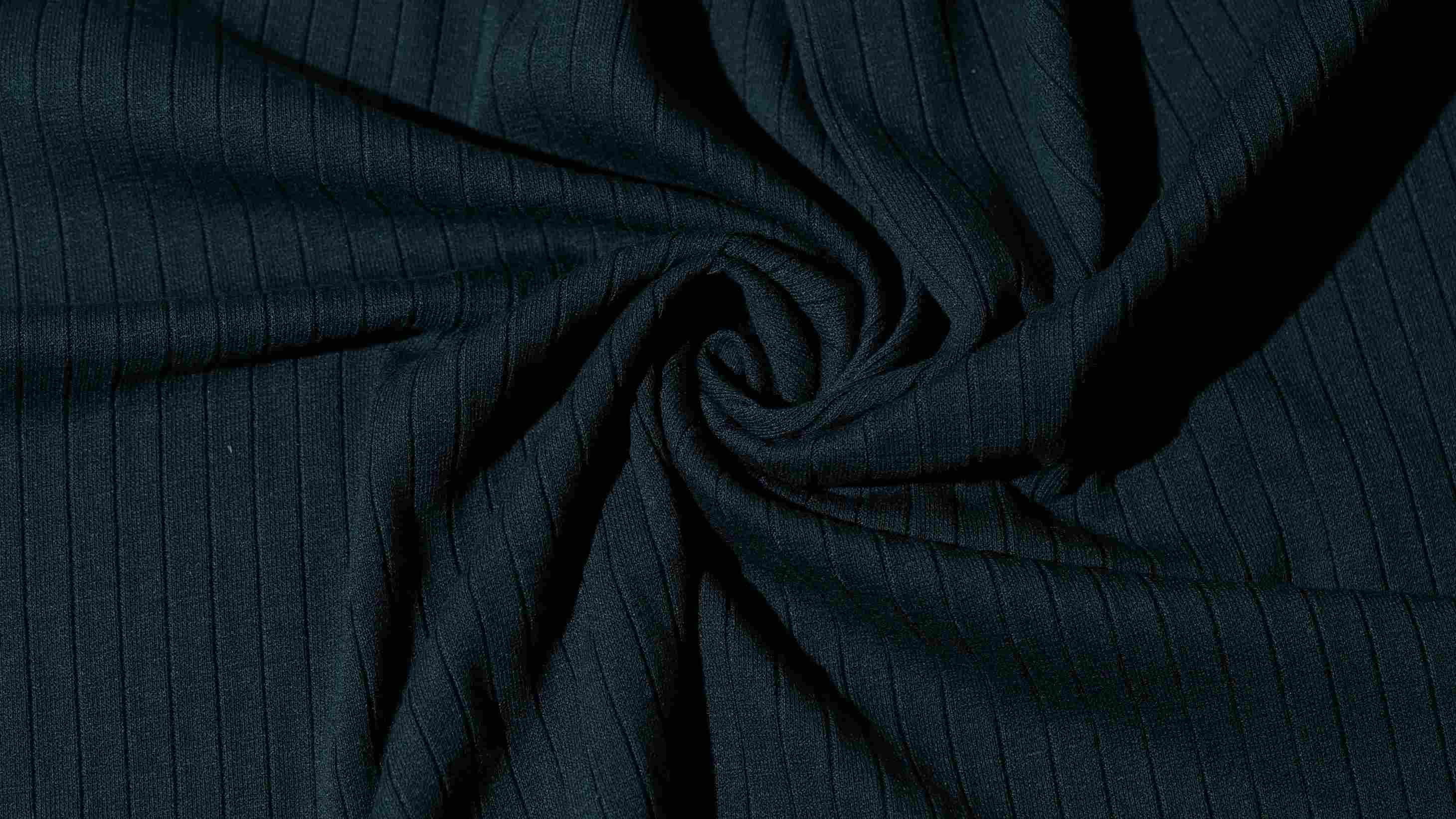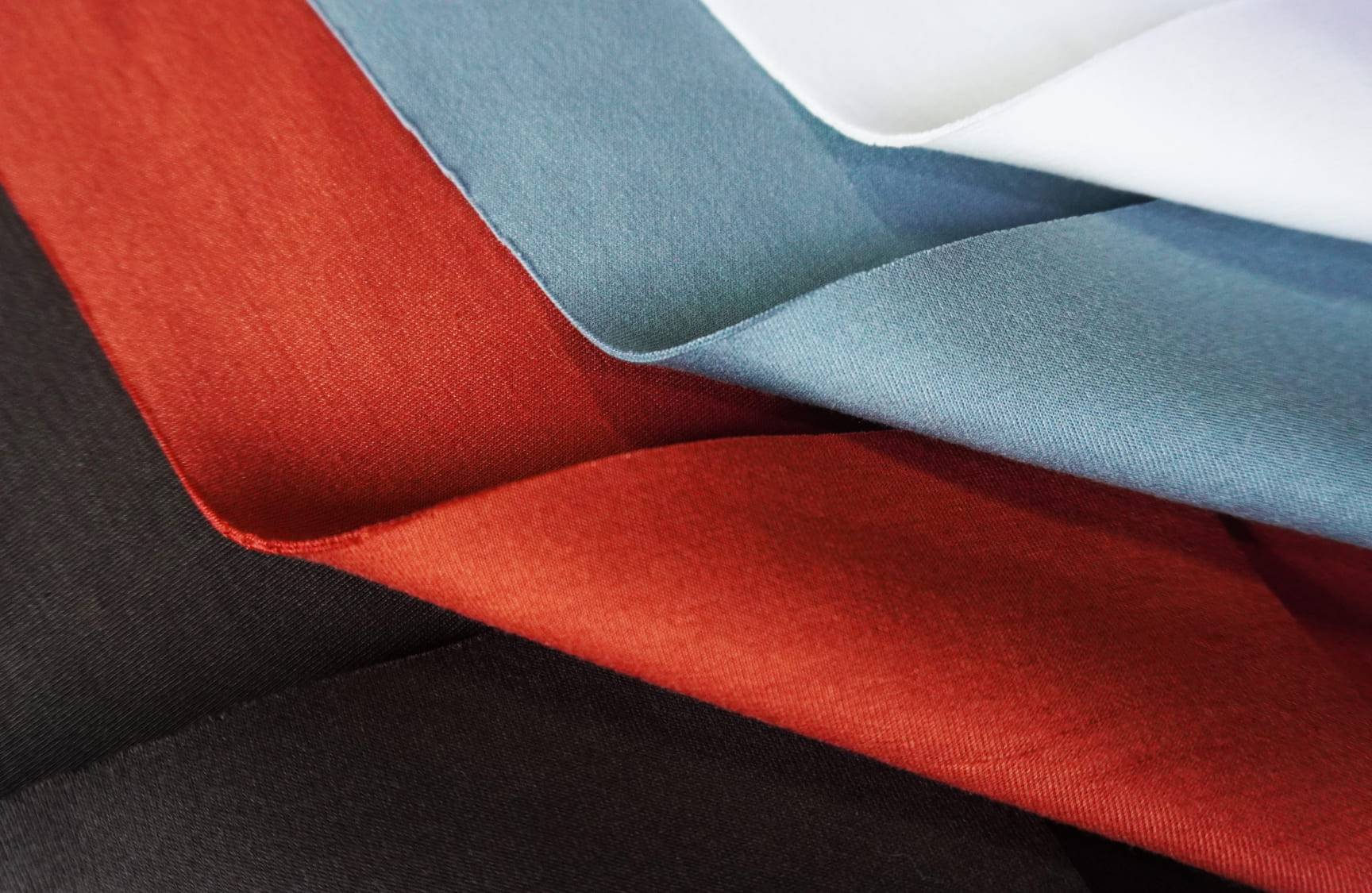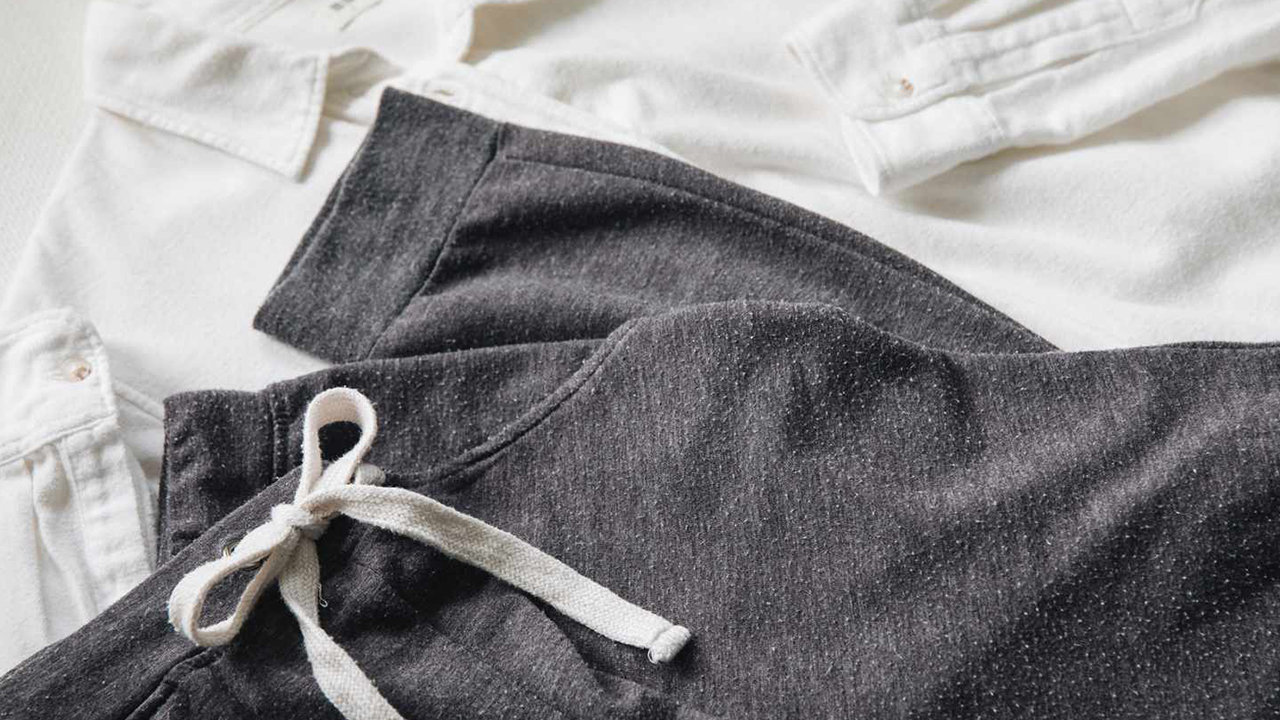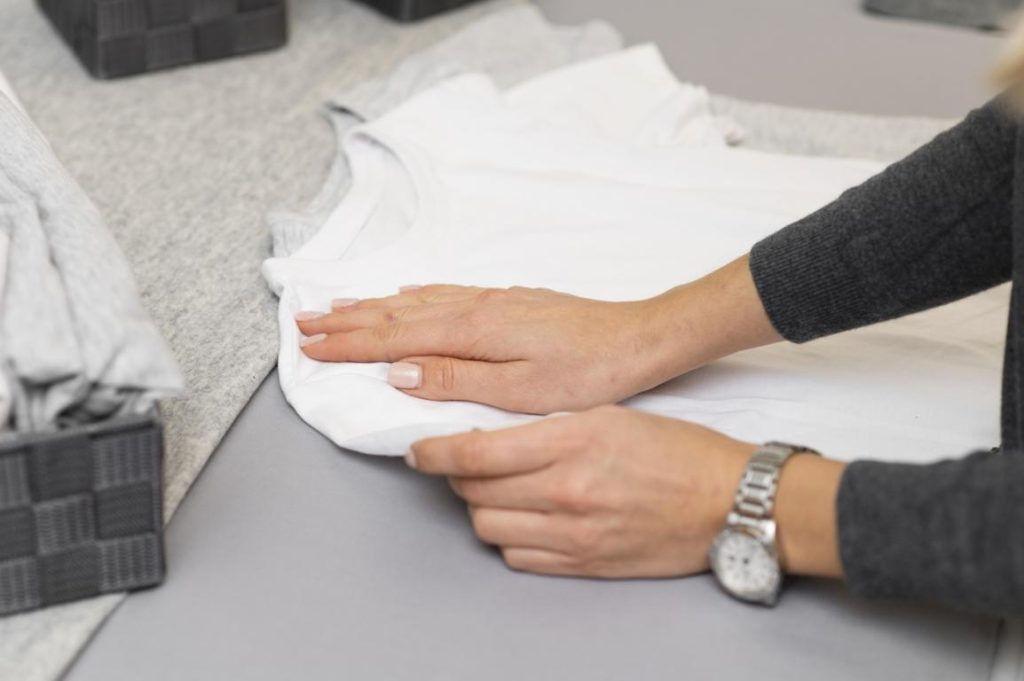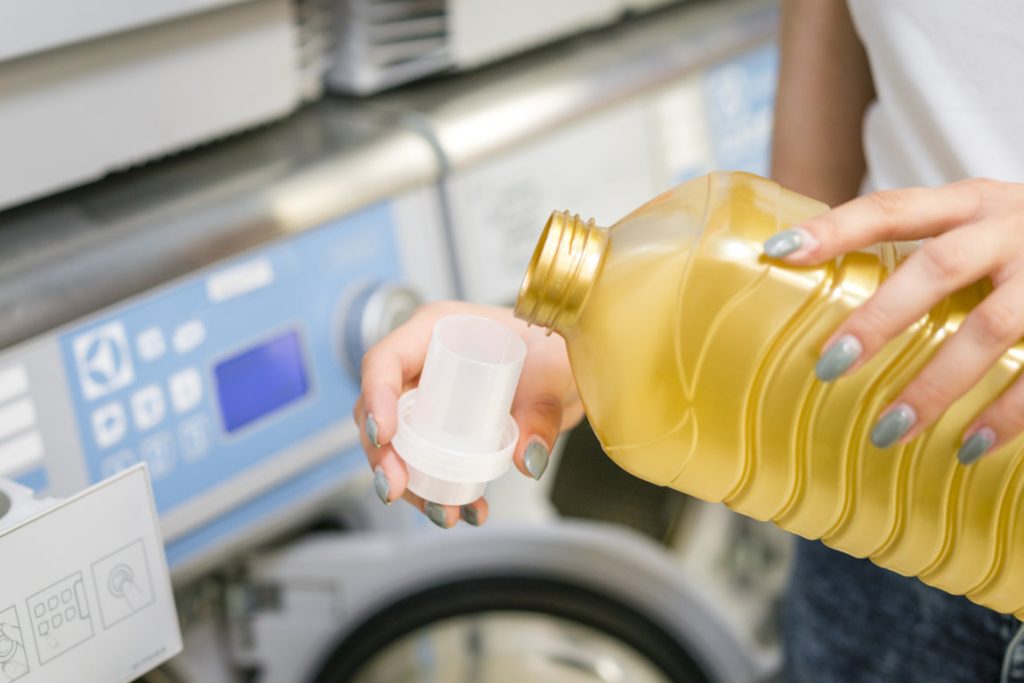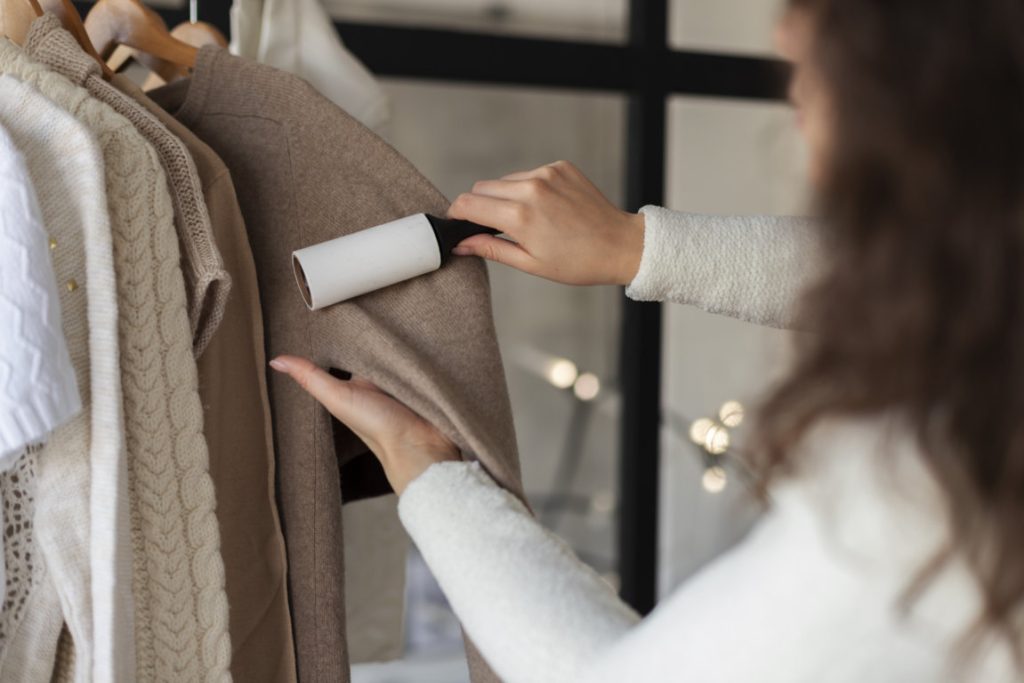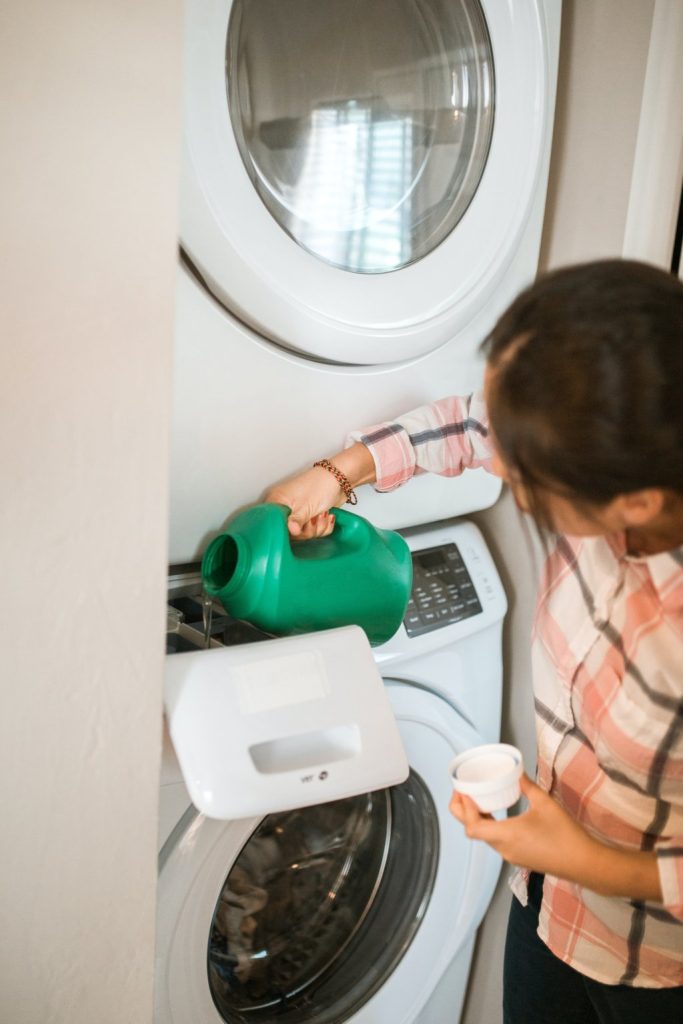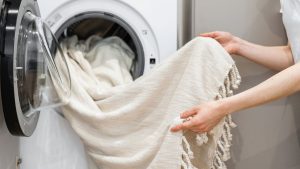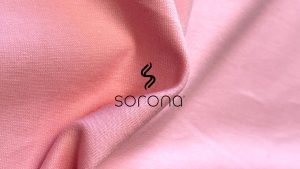Do you ever wonder why your clothes develop small balls of fabric after a few washes? This phenomenon is called pilling. Pilling can be frustrating, especially when it happens to our favourite garments. However, there are ways to minimize pilling and keep our clothes looking new for longer. In this article, we will discuss what pilling is, what causes it, and five ways to prevent it.
Explanation of Pilling
Pilling is the formation of small balls of fibre on the surface of clothes. It happens when fibres break and tangle, forming a knot that sits on the surface of the fabric. Pilling is a widespread problem, especially with knit fabrics, but it can also happen with woven fabrics.
The Importance of Pilling Prevention
Preventing pilling is essential for maintaining the appearance and longevity of our clothes. Pilling can make clothes look old and worn out, reducing their quality and value. By minimizing pilling, we can keep our clothes looking new and prevent them from wearing out too quickly.
Understanding the Cause of Pilling
Definition of Pilling
To understand how to prevent pilling, it is crucial to know what causes it. Pilling happens when fibres break and tangle on the surface of the fabric. The severity of pilling depends on the fabric type, the garment type, and the care it receives.
Fabric Type and Pilling
Different fabric types have distinct levels of pilling. Natural fibres, such as cotton and wool, are more prone to pilling than synthetic fibres, such as polyester and nylon. The length of the fibres also affects pilling. Longer fibres are less likely to break and tangle, resulting in less pilling.
Garment Type and Pilling
Garment type also plays a significant role in pilling. Knit fabrics, such as sweaters and t-shirts, are more likely to pill than woven fabrics, such as denim and cotton poplin. This is because knit fabrics have more exposed fibres on their surface, which are more prone to break and tangle.
Here are 5 Ways to Minimize Pilling
According to textilelearner, the following are steps you can use to reduce pilling on your clothes:
Fabric Softener
Using fabric softener can help reduce pilling. Fabric softener coats the fibres, reducing friction and preventing them from breaking and tangling. However, it is important to use fabric softener sparingly, as too much can damage the fabric.
Proper Laundry Care
Proper laundry care can also prevent pilling. Wash clothes inside out to reduce friction and use a gentle cycle. Avoid washing clothes with heavy or abrasive fabrics, such as denim or towels
Avoiding Abrasive Surfaces
Avoiding abrasive surfaces can also help minimize pilling. When washing clothes, avoid rough surfaces, such as zippers, buttons, or Velcro. These surfaces can snag and break fibres, causing pilling.
Use of Pilling Comb
A pilling comb can be a helpful tool in reducing pilling. Gently brush the surface of the fabric with the comb to remove any pills. Be careful not to snag or break fibres while using the comb.
Proper Storage
Proper storage can also help prevent pilling. Fold clothes neatly and store them in a cool, dry place. Avoid hanging knit fabrics, as this can cause them to stretch and pill.
Conclusion
By using these tips, you can minimize pilling and keep your clothes looking new for longer. Remember to use fabric softener sparingly, wash clothes inside out on a gentle cycle, avoid abrasive surfaces, use a pilling comb, and store clothes properly.
FAQs
How do I know if a fabric will pill?
You can usually tell if a fabric will pill by its composition and texture. Natural fibres and loosely knit fabrics are more likely to pill than synthetic fibres and tightly knit fabrics.
Can pilling be reversed?
Pilling can be removed using a pilling comb or shaver. However, it is best to prevent pilling in the first place by following the tips outlined in this article.
How often should I use a pilling comb?
It depends on how frequently you wear and wash the garment. You should use a pilling comb as needed to remove any pills that have formed on the surface of the fabric.
Will fabric softener damage my clothes?
Using too much fabric softener can damage clothes and reduce their lifespan. It is important to follow the manufacturer’s instructions and use fabric softener sparingly.
